Introduction
Neutral aesthetic rooms are the epitome of timeless elegance. They’re calming, versatile, and effortlessly chic. But let’s be honest—neutral spaces can sometimes feel sterile if they’re not done right. I learned this the hard way when I styled my first neutral-themed bedroom years ago. I went all-in on beige walls, white bedding, and plain furniture. It was cohesive, sure—but also boring and far from inviting.
Since then, I’ve mastered the art of creating neutral spaces that are anything but dull. The secret lies in the details: layering textures, incorporating subtle patterns, and adding personal touches. When done correctly, a neutral aesthetic room can feel warm, cozy, and oh-so-inviting.
Whether you’re starting from scratch or updating your current space, this guide will help you transform your room into a serene sanctuary that’s equal parts stylish and welcoming. Let’s dive into the world of neutrals!
Why Choose a Neutral Aesthetic?
Benefits of Neutral Spaces
- Timeless Appeal: Neutral tones never go out of style.
- Versatility: They pair well with any decor style, from modern to boho.
- Calming Atmosphere: Neutral colors create a serene and relaxing environment.
Common Misconceptions
- Boring? Not if you layer textures and add personal touches!
- Lack of Personality? Neutral doesn’t mean colorless—you can incorporate accents that reflect your style.
Step 1: Build a Balanced Neutral Color Palette
Choosing the Right Shades
Neutral doesn’t mean just beige. Consider these shades:
- Whites: Bright whites for modern vibes, creamy whites for warmth.
- Grays: Light grays for subtle elegance, charcoal for depth.
- Beiges and Tans: Classic and cozy.
- Earthy Tones: Soft browns, taupes, and muted greens for a grounded feel.
Layering Tones
- Use a mix of light, medium, and dark neutrals to create depth and interest.
- Contrast is key: Pair light walls with darker furniture or vice versa.
Step 2: Layer Textures for Warmth
Why Texture Is Crucial
In a neutral space, texture prevents monotony and adds dimension.
How to Incorporate Texture
- Fabrics: Mix soft linens, chunky knits, and smooth silks.
- Rugs: Layer an area rug over a jute or sisal base for visual interest.
- Furniture: Combine materials like wood, metal, and woven pieces.
- Accessories: Use textured throws, patterned pillows, and baskets.
Step 3: Add Subtle Patterns
Patterns That Work in Neutral Rooms
- Stripes: Clean and classic.
- Geometric Designs: For a modern touch.
- Floral or Organic Patterns: Perfect for a boho or cottagecore vibe.
Where to Use Patterns
- Throw pillows and blankets.
- Curtains or drapes.
- Bedding or upholstered furniture.
Step 4: Bring in Natural Elements
Nature as a Design Element
Incorporating organic materials makes a neutral space feel warm and inviting.
Ideas to Try
- Wood Accents: Coffee tables, shelving, or picture frames in natural wood tones.
- Plants: Add greenery for a pop of life. Use terracotta or woven planters to keep the neutral vibe.
- Stone Details: Marble or concrete decor pieces for a modern edge.
Step 5: Focus on Lighting
Layer Your Lighting
Good lighting is key to creating an inviting atmosphere.
- Ambient Lighting: Overhead fixtures or recessed lights.
- Task Lighting: Table lamps or floor lamps for reading or working.
- Accent Lighting: String lights, candles, or wall sconces for a cozy glow.
Warm-Toned Bulbs
- Choose warm white bulbs (2700K–3000K) to enhance the room’s inviting feel.
Step 6: Personalize Your Space
Adding Personality to a Neutral Room
Neutral doesn’t mean impersonal. Include elements that reflect your style.
- Art: Choose neutral-toned artwork or black-and-white photography.
- Books and Decor: Display your favorite books, vases, or sculptures.
- Sentimental Items: Incorporate framed photos or keepsakes.
Step 7: Keep It Cozy
Cozy Touches for a Welcoming Vibe
- Add a soft throw blanket to your bed or sofa.
- Use oversized pillows for a luxurious feel.
- Incorporate scented candles or diffusers with calming scents like lavender or vanilla.
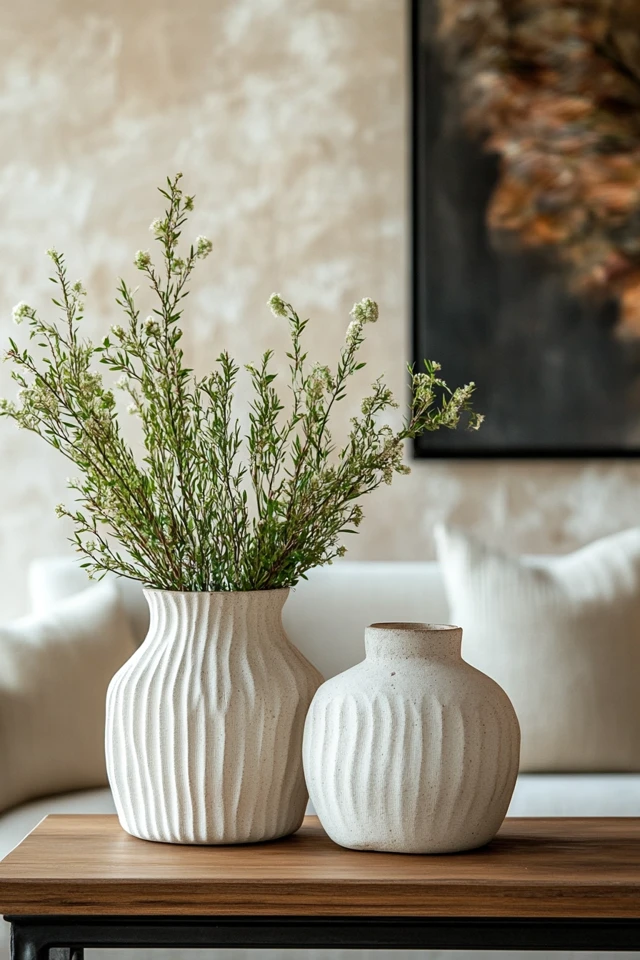
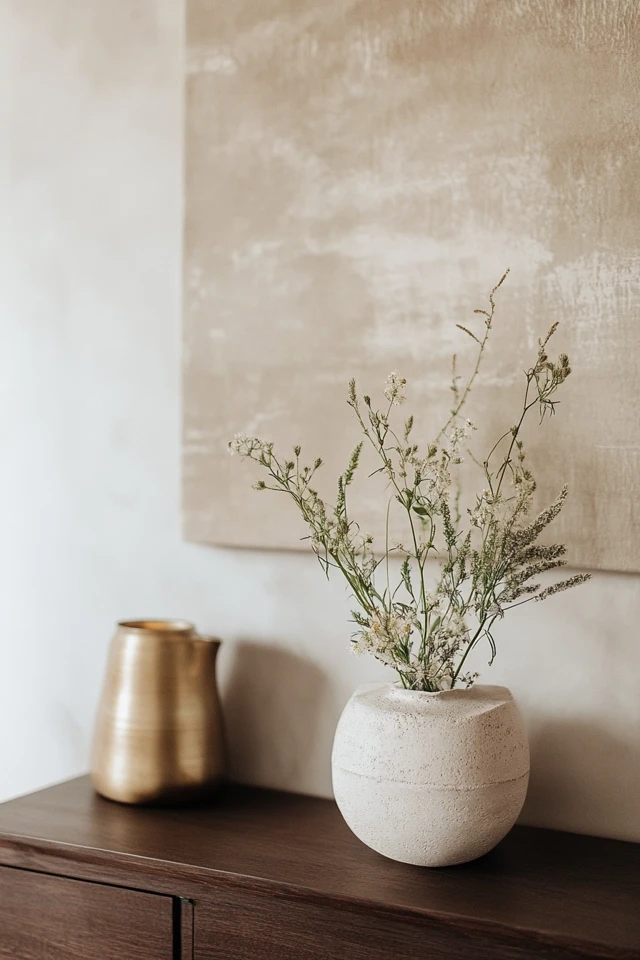
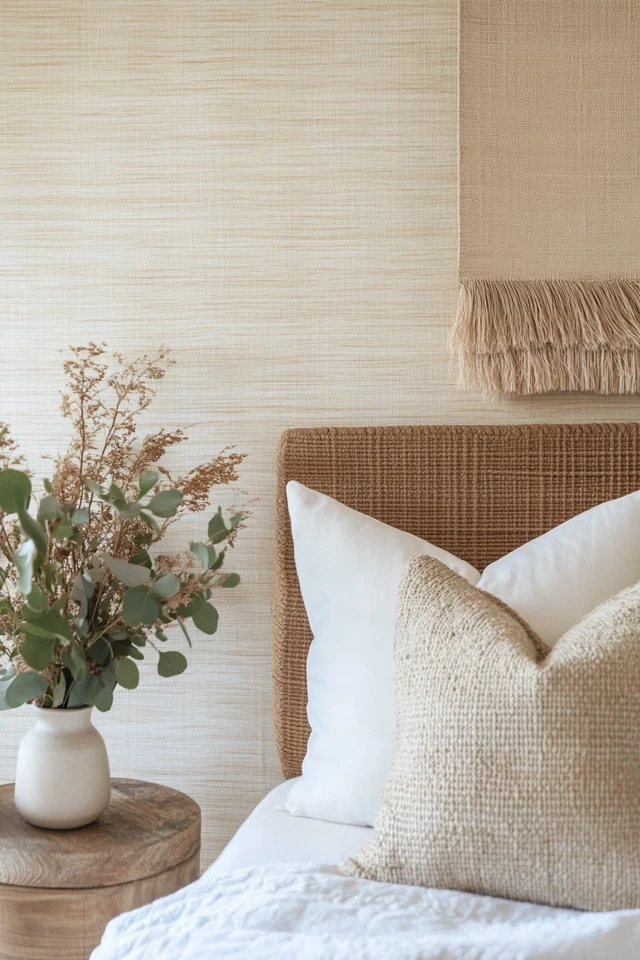
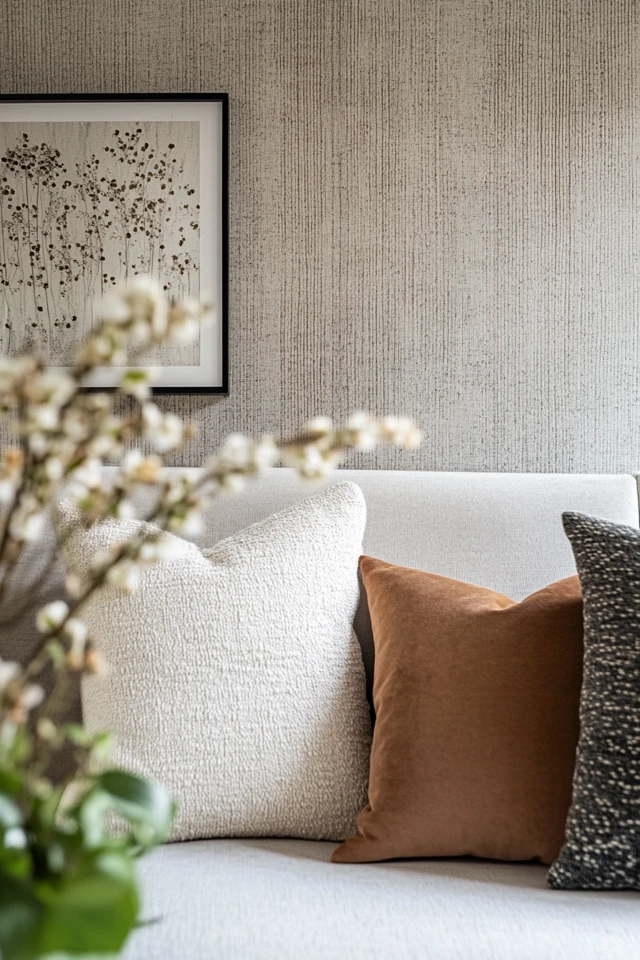
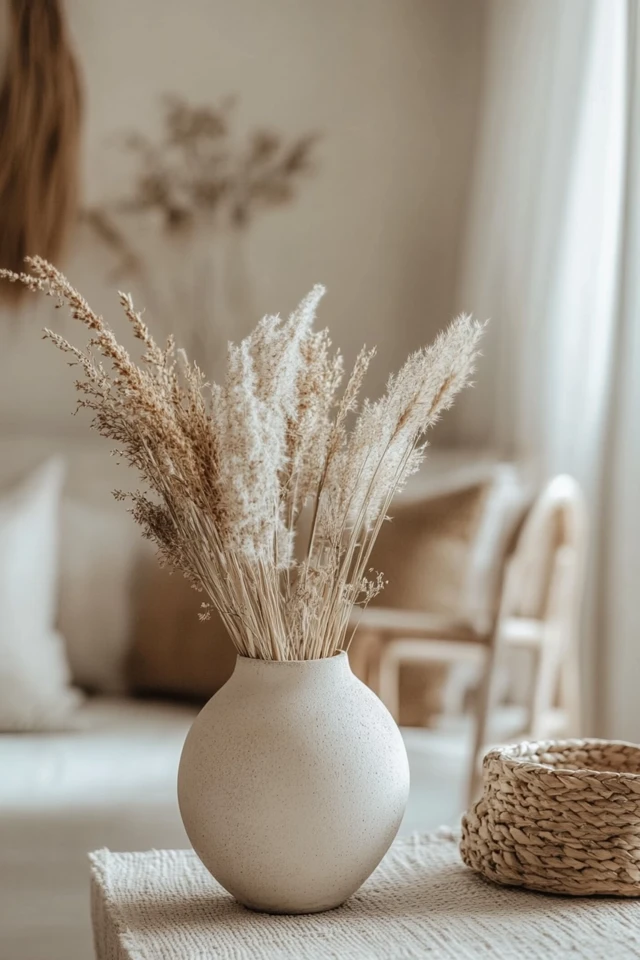
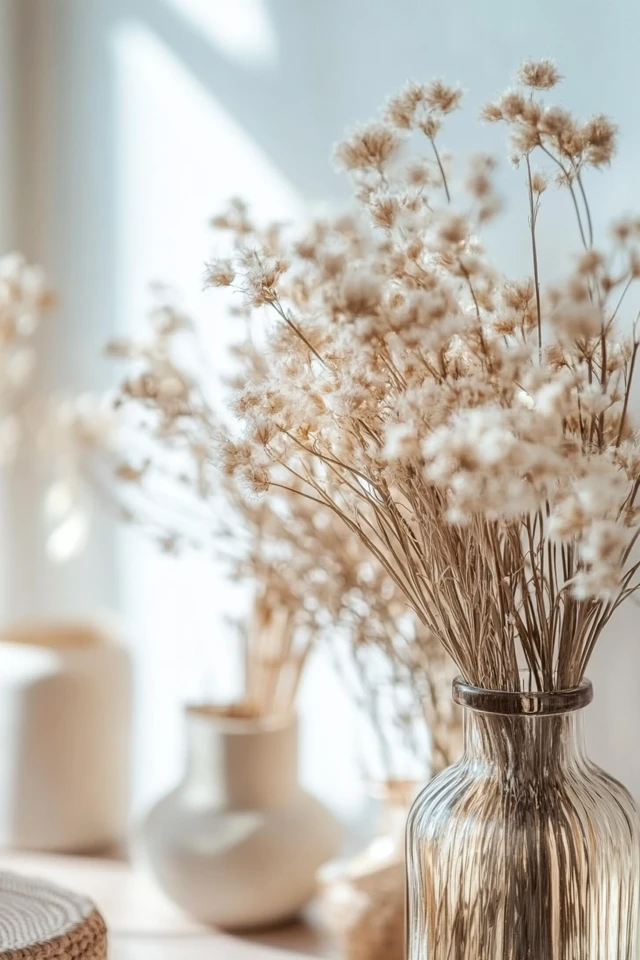


Picture Gallery
Conclusion
Styling a neutral aesthetic room that feels inviting is all about balance. By layering textures, playing with lighting, and incorporating natural elements, you can create a space that’s cozy, stylish, and timeless. I’ve designed countless neutral spaces over the years, and what I’ve learned is this: the magic lies in the details. Even small touches—like a textured rug or a well-placed plant—can make a big difference.
Remember, a neutral room doesn’t have to be bland. It’s a blank canvas for you to express your personality while maintaining a serene and cohesive look. So take your time, experiment with layers and textures, and enjoy the process of creating your dream neutral aesthetic room.
FAQ
Can a neutral room still feel cozy?
Absolutely! Layering textures, adding warm lighting, and including cozy textiles like rugs and throws can make a neutral room feel incredibly inviting.
How do I keep a neutral room from looking boring?
Incorporate a variety of textures, subtle patterns, and natural elements like plants or wood accents to add depth and interest.
What are the best colors for a neutral aesthetic room?
Whites, grays, beiges, and earthy tones like taupe or soft brown are ideal for a neutral palette.
Can I add color to a neutral room?
Yes! You can add small pops of color through decor, like artwork, throw pillows, or plants, while keeping the overall palette neutral.
How do I make a neutral room look luxurious?
Focus on high-quality textiles, layered lighting, and sleek finishes like marble, brass, or polished wood to elevate the space.


